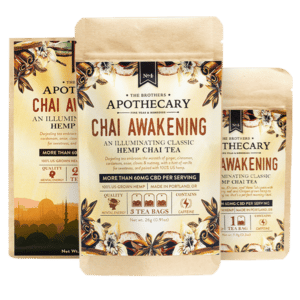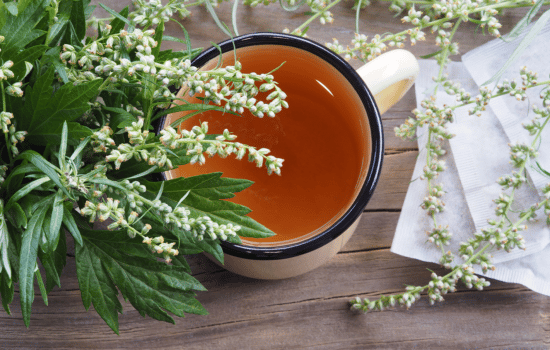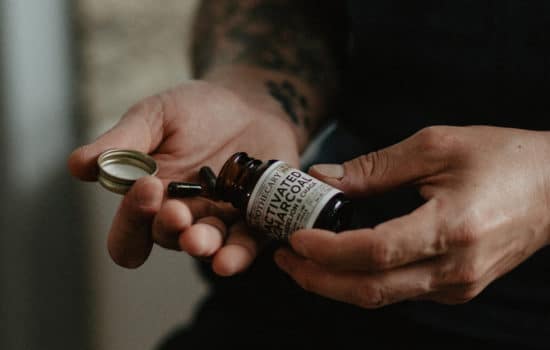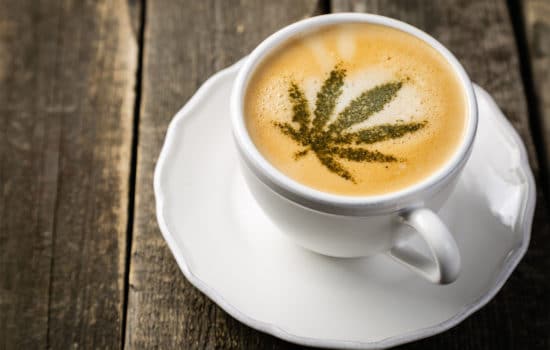What Are Terpenes?
When shopping around for flower, it’s not uncommon to come across the word “terpenes.” With all the science behind cannabinoids, this can seem like another daunting study.
But rest assured, it’s simpler than you might think.
Most simply put, terpenes are aromatic organic compounds. These are what give cannabis (including CBD hemp) the aroma, taste profiles, and characteristic flavor nuances from strain to strain.
And these aren’t just in cannabis. Terpenes are found naturally in many plants, and even in some insects. Cannabis, however, can have naturally higher levels of terpenes in comparison to other plants, and certain abundant terpenes in cannabis are the reason behind that unmistakable “dank” weed smell!
How Do Terpenes Work?
Cannabis has around 200 types of terpenes, but only a few appear in amounts substantial enough to be noteworthy (including some of those below). Among them are monoterpenes, diterpenes, and sesquiterpenes, characterized by the number of repeating units of isoprene.
(Yep… Incoming science.)
Isoprene is a 5-carbon molecule, and the structural hallmark of all terpenoid compounds. While their chemical differences can be subtle, each variety and its affect on the overall characteristic of the plant adds depth. Many growers (and geneticists) are also focusing on terpenes in their horticultural art, not just cannabinoid content.
In use, and when combined with CBD, terpenes bind to neurotransmitters and receptors in the brain. Terpenes increase dopamine activity which studies have shown to help ease anxiety, boost productive energy and ease pain.*
(Science complete.)
Why Do Terpenes Matter?
Clearly, terpenes contribute more than just smell. In a holistic way, terpenes can be thought of as essential oils that also enhance the effect of CBD, THC and other cannabinoids.
In fact, many researchers have emphasized the pharmacological importance of terpenes.
In addition to giving cannabis that distinctive scent and flavor, terpenes have many potential medical benefits. These benefits include addressing pain, easing depression and anxiety, and fighting bacterial and fungal infections. Terpenes are also responsible parties for imparting the “Entourage Effect” of cannabis (see below).
There are a number of terpenes found in cannabis. Some of the most common include:
- Alpha-Bisabolol: Delicately sweet and floral, with hints of citrus and spice.
- Beta-Caryophyllene: Woodsy, with a touch of pepper and spice.
- Limonene: Citrus, lemon-lime, and sweet. Often considered uplifting.
- Alpha-Humulene: Earthy, musky, and a subtle spice. Appears a lot in hops, sage, ginger and ginseng as well.
- Myrcene: Red grape and balsamic, with a hint of spice. The levels of Myrcene can actually be an indicator of how “sativa” or “indica” a strain can act.
- Terpinolene: Fruity, also found in nutmeg, tea tree, and cumin.
That’s by no means a complete list. If you want to really dive into what’s what with terpenes, look for a “Terpene Profile” on your product’s test result.
Terpenes And The “Entourage Effect”
So why does this matter?
Let’s get back to the “entourage effect.” This effect occurs when all of the compounds within a plant work together to magnify the plant’s therapeutic benefits.
The Entourage Effect has long been associated with only THC-forward cannabis. But more recently, new research has found that oil from hemp CBD plants (like the ones used by Brothers Apothecary) can also produce the Entourage Effect.
What’s more, the entourage effect doesn’t just occur due to cannabinoid content, but also due to terpene content. Many terpenes are stripped in processing and isolation, however, so this effect is only possible in full spectrum or unadulterated hemp products. This is part of the reason why all our CBD Tea and CBD Capsules are full spectrum.
(Side note, it is possible to add back in terpenes!).
Brothers Recommends
If you’re curious about trying a full-spectrum, terpene-rich CBD product, we’d recommend our Wild Rosin CBD Honey. Not only does this preserve the entourage effect, but it packs a flavor punch.
This CBD Honey is solventless, using just heat and pressure to extract the plant oil. This results in a full-spectrum Hemp Rosin, which is then blended with sustainable, ethically harvested raw wildflower honey. It’s a nice dose too, with 20MG of CBD per teaspoon.
Stir some into your favorite Brothers CBD Tea or drizzle on top of some vanilla bean ice cream. Or if you’re feelin’ fancy, whip up a Brothers CBD Torchlight Cocktail.*
You can also find full terpene profiles and notes on our CBD Flower and CBG Flower.
*The Apothecary LLC are not doctors and we do not provide medical advice. None of the information on this site, including information in any press release or blog post, constitutes legal or medical advice by us.
These statements have not been evaluated by the Food and Drug Administration. This product is not intended to diagnose, treat, cure, or prevent any disease.
The views, thoughts, and opinions expressed in the text belong solely to the author, and not necessarily to the author’s employer, organization, committee or other group or individual.
Jesse Richardson is the co-founder of The Brothers Apothecary. He's an avid tea drinker and the primary creator behind The Brothers' products. An undergraduate of UCLA for Political Science, Jesse currently studies Medicinal Plants at Cornell University and The International School of Herbal Arts & Sciences.



















One thought on “Terpenes 101 | What You Need To Know About Terpenes In CBD”